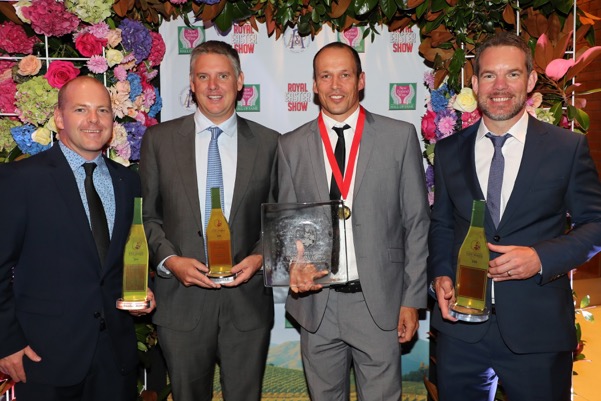Bragato Research Institute (BRI) has announced that through a partnership with the government, work has begun on its Sauvignon Blanc Grapevine Improvement Programme.
The research programme will develop new variants of New Zealand’s premier wine varietal, Sauvignon Blanc, to make the wine industry both more resilient and more sustainable.
More resilient by identifying traits such as drought and frost resistance, and more sustainable by seeking natural resistance to pests and diseases.
“The New Zealand wine industry has a substantial track record of coming together to create large R&D projects for the benefit of the industry as a whole. This will be the first national grapevine improvement programme in the country,” says BRI CEO, Jeffrey Clarke.
BRI has designed an accelerated seven-year research programme that will apply the latest genome sequencing technology, after using established tissue culture techniques.
This will allow BRI to create up to 20,000 entirely new variants of contemporary New Zealand Sauvignon Blanc, and then screen them to identify plants that exhibit the most useful traits selected by the wine industry.
Clarke made the announcement following signing of a new partnership investment between the government, industry organisation New Zealand Winegrowers (NZW), and more than 20 wine sector companies.
The programme’s partners will invest $18.7 million over seven years, making this the industry’s largest research project ever.
The government, through the Ministry for Primary Industries, is investing $7.5 million, NZW up to $6 million in levy funds, plus cash and in-kind contributions of $5.2 million directly from participating New Zealand wine companies.
“This innovative programme builds sustainability for New Zealand Sauvignon Blanc. Growing a huge number of vines – each very subtly different – will allow us to select traits to accommodate a changing environment, capture market opportunities, and fend off biosecurity threats,” says Clarke.
Most of New Zealand’s Sauvignon Blanc vines are of the same variant.
This means that a new pest, disease or environmental change that affects one Sauvignon Blanc vine could affect every one of them.
Sauvignon Blanc provides 87% of the export revenue of New Zealand’s $1.9 billion wine industry.
The programme seeks to develop new grapevines with traits such as improved yield, more tolerance of fungal attack, frost, high temperatures and drought, and which either maintain the characteristic Marlborough Sauvignon Blanc wine flavour and aroma, or offer new opportunities to expand sales of novel Sauvignon Blanc styles.
Principal Research Scientist Dr Darrell Lizamore says: “The innovation in this programme is in harnessing the natural diversity that appears when plant cells are exposed to harsh environmental conditions, and repeating this in a way that is controlled at scale.
:The technology we will use is not being harnessed similarly for grapevines anywhere else in the world, and this programme leverages unique New Zealand knowledge and capability developed over the past decade.”
Lizamore will be based at a newly-established research and laboratory facility built in collaboration with Lincoln University.
To deliver the programme, BRI is working closely with Plant & Food Research as a major partner.
Did you know?
There are 6 ways you can catch up with The Shout NZ?
Our print magazine – November issue out now! Subscribe here.
Online, updated daily with its own completely unique content and breaking news.
Our weekly newsletter – free to your inbox! Subscribe here.
Our digital magazines – the latest issues are online now.
We are also on Facebook and Instagram!





